Angus Beef Chart
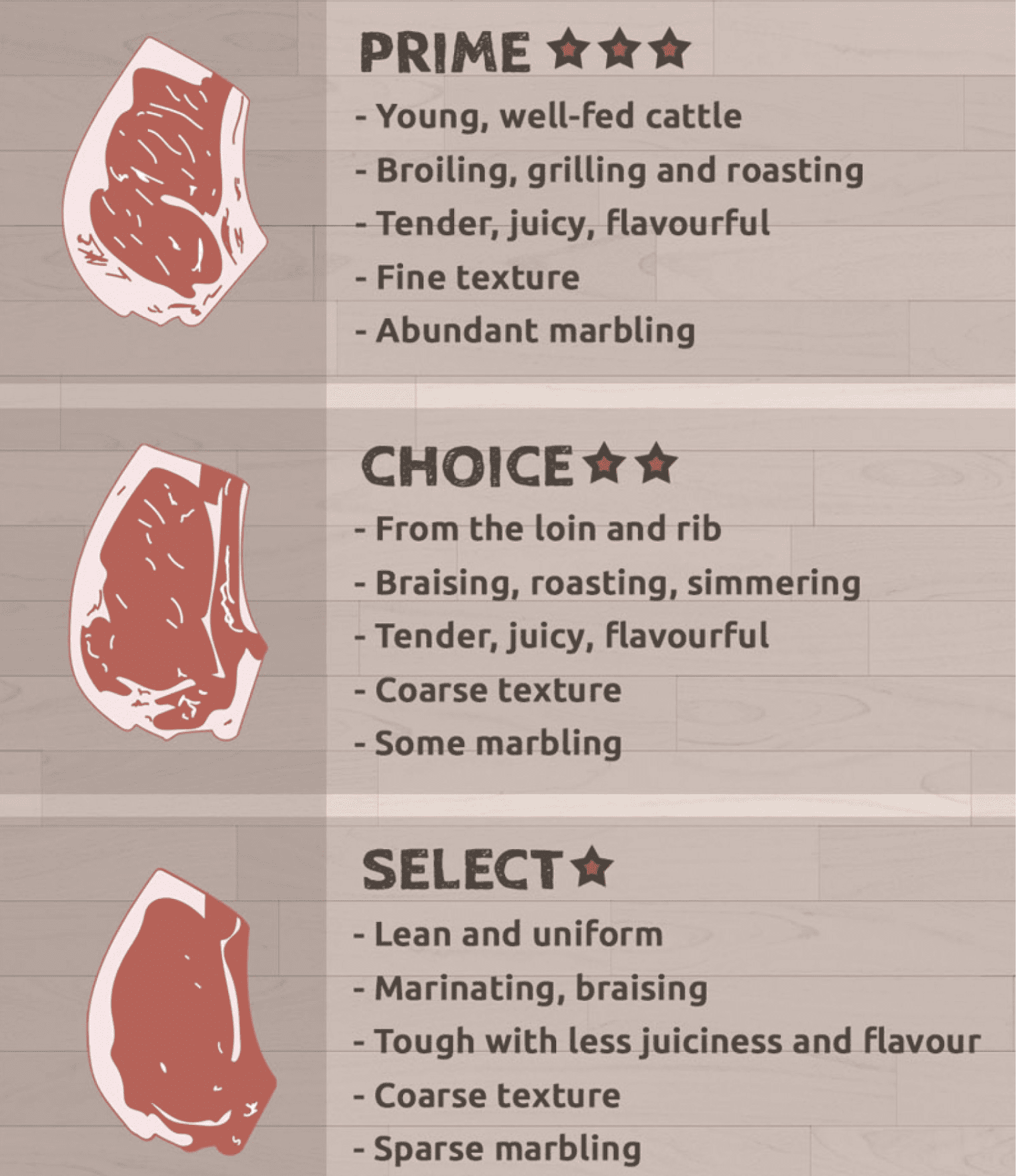
Prime, Choice, Select, Standard, Commercial Grades
Different grades of beef primarily indicate the amount, regularity, and quality of marbling or fat interlaced within the muscle or meat. The grading system is voluntary, but when requested, it is performed by licensed federal graders to uniform United States Department of Agriculture (USDA) specifications. These are the grades assigned:
- Prime is the best, most abundantly marbled beef. It is rarely available at stores because restaurants buy most of it at the wholesale level, especially steaks.
- Choice is also excellent beef and is commonly the best beef available at premium grocery stores.
- Select is still good, but much more lean and has less flavor and juiciness than choice and is typically available in super markets.
Certified Beef
“The term certified is not used on its own, but rather to modify other labels terms. It verifies that the USDA’s Food Safety and Inspection Service and the Agriculture Marketing Service evaluated the beef for class, grade, or other USDA-certifiable characteristics.
Organic Beef
USDA certification for organic beef forbids the use of growth hormones, antibiotics, genetically modified feed, or animal by-products in raising the livestock.
Grass-Fed Beef
Grass-fed beef indicates that there is no human intervention of the cattle to eat grass their whole lives. Most cattle re brought to feedlots and fattened up on grain and other feed. Studies have shown that beef from cattle that have been raised exclusively on grass have less saturated fat and more nutrients, including more omega-3 fatty acids, that grain-finished beef.
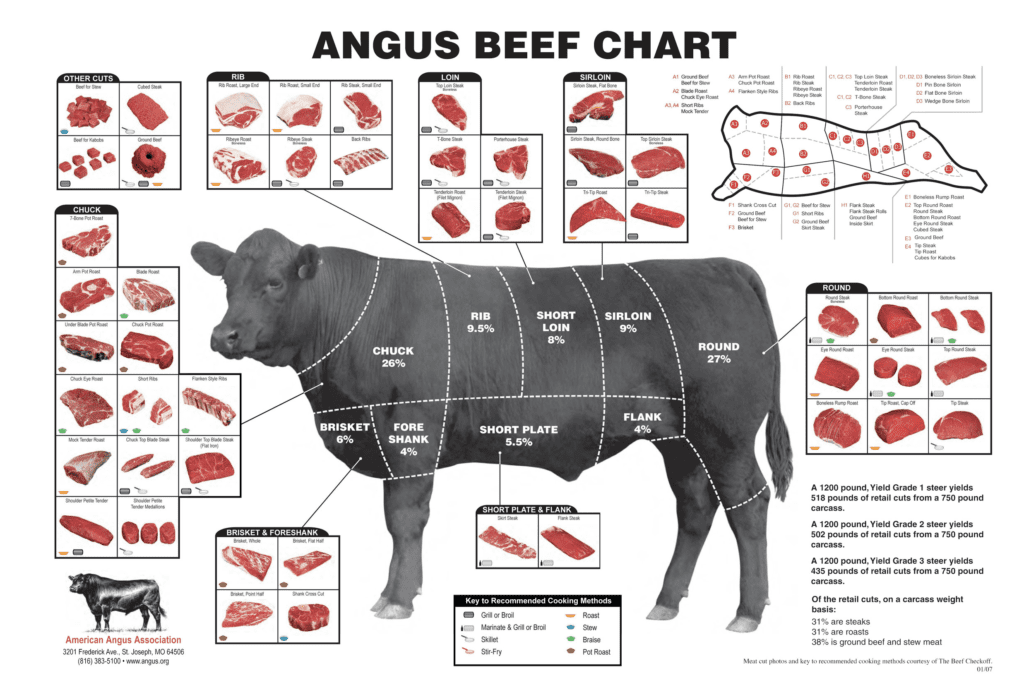
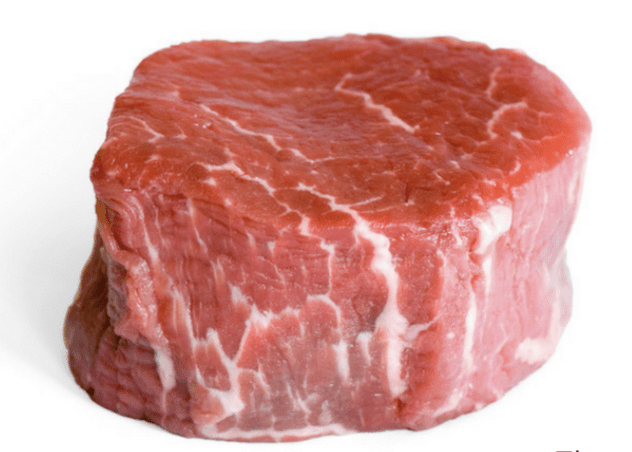
Filet Mignon
The most tender beef cut. Lean yet succulent and elegant. Melt-in-your-mouth texture, subtle flavor and compact shape.
Where it’s from: Short loin and sirloin, under the ribs. A whole tenderloin starts out wide and then tapers at the other end (the “tail”). Filet mignon comes from the narrower end, while Châteaubriand comes from the thicker end.
What it looks like: When trimmed of silver skin, gristle, and fat, tenderloin is small and compact. The meat is lean and very fine-grained in texture. Because of its smaller shape, tenderloin steaks are cut thicker than most steaks.
What it tastes like: The tenderest of all the steaks and lean, tenderloin is buttery and mild in flavor.
How to cook it: Because cuts of tenderloin tend to be thick, the best way to cook it is to sear the outside until browned, then finish the cooking in the gentle, even heat of an oven.
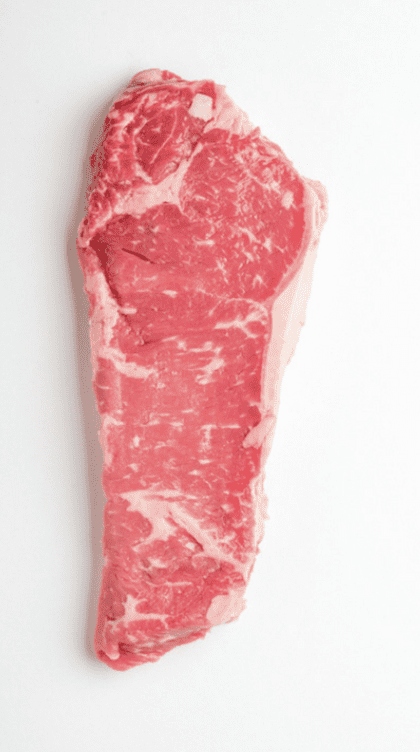
New York Strip Steak
This premium lean steak is a steakhouse classic, known for its marbling, tenderness and flavor. Common names are
- Kansas City Steak
- Manhattan Steak
- New York Strip
- New York Strip
Where it’s from: Short loin (behind the ribs).
What it looks like: Strip steaks are almost rectangular with a slightly tapered edge. The meat is well marbled with some large pieces of fat around its edge. The meat is fine-grained in texture.
What it tastes like: The platonic ideal of steak — lots of beefy flavor, tender with a nice balance of lean meat to fat. They’re not as tender as tenderloins or ribeyes.
How to cook it: Cook over high heat — pan-sear, broil, or grill. Also makes great sandwiches like the Philly Cheesesteak.
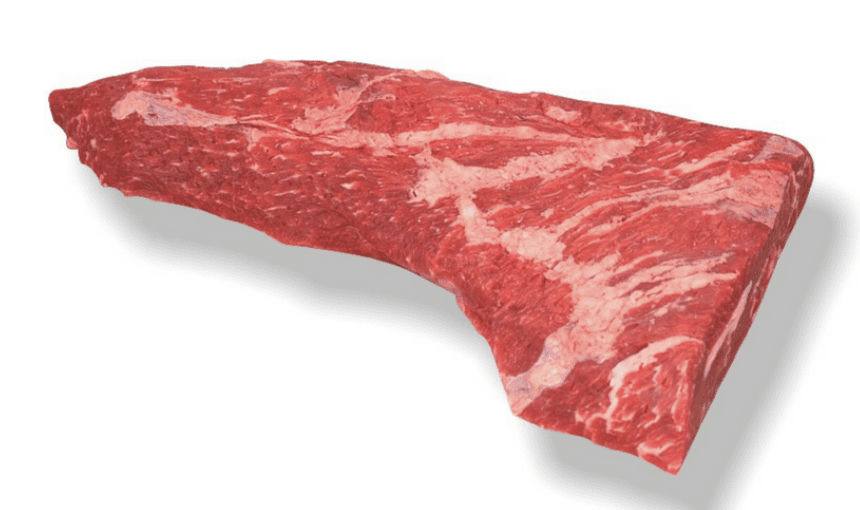
Tri-Tip Steak
Where it’s from: Toward the rear, above the flank and behind the short loin.
What it looks like: Tri-tip steak is cut from a tri-tip roast, which is a small, triangular cut from the sirloin. It is also known as a triangle steak, bottom sirloin steak, or Santa Maria steak. Each steak is boneless, about 3/4 to 1 inch thick, and should be nicely marbled.
What it tastes like: Tri-tip taste like Juicy, tender and versatile, this roast offers rich beef flavor. Tri-tip is a very flavorful steak, boasting a nice beefy taste and tender chew. Although it is a lean cut of meat, it does have a decent amount of fat, offering a bit of buttery taste.
How to cook it: Cook your tri-tip steak on high 2 1/2 minutes, flip, 2 1/2 minutes (that’s the Ramsey tip for medium rare).
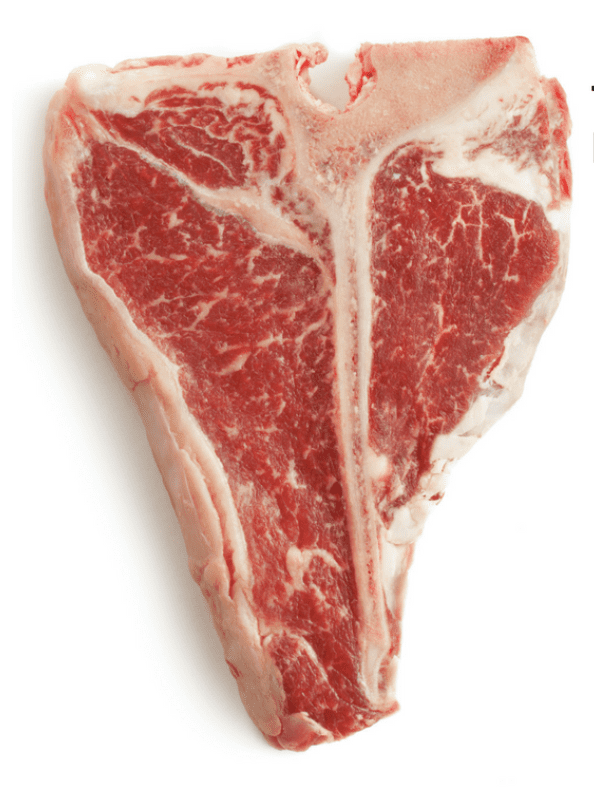
T-Bone Porterhouse Steak
This well-marbled cut consists of two lean, tender steaks – the strip and tenderloin – connected by a telltale T-shaped bone. In a T-Bone, the tenderloin is between 1/2 and 1 1/4 inches in diameter.
Where it’s from: A cross section of the short loin
What it looks like: A T-shaped bone with meat on both sides of the longer portion of the bone. On one side is a piece of the tenderloin, and the other side is New York strip. Generous fat marbling throughout.
What it tastes like: Porterhouses are like getting two steaks for one — one side is a piece of the buttery tenderloin, and the other side is beefy, juicy New York strip.
How to cook it: Because there are basically two different kinds of steak in one cut, you have to be careful when cooking since the tenderloin will cook more quickly than the strip side. Try to keep the tenderloin further away from the heat source: use a two-level fire when grilling or position it away from the heating element if broiling.
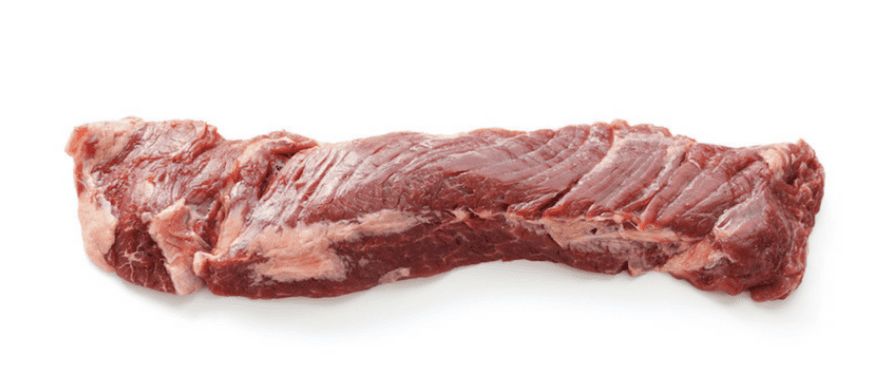
Skirt Steak
Boasts deep, rich, beefy flavor. Best when marinated before grilling; when slicing, cut against the grain.
Where it’s from: Skirt steak is from the diaphragm muscles of the cow — a sub primal known as the plate.
What it looks like: A long thin steak with visible muscle fibers running across the width of the steak.
What it tastes like: Even beefier than flank steak and takes especially well to marinades.
How to cook it: Skirt steak is best seared or grilled and makes a great stir-fry meat. It is the classic cut used in fajitas.
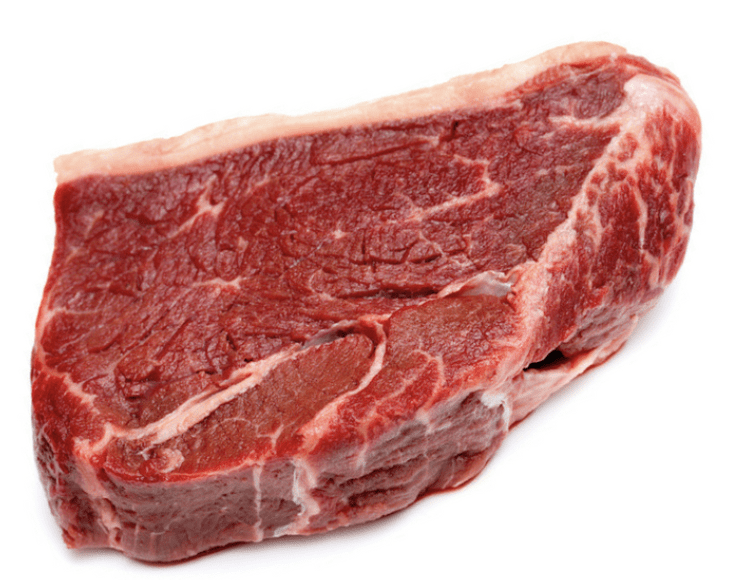
Sirloin Steak
Family-sized steak that offers lean, well-flavored and moderately tender beef at an affordable every day price. Convenient and a great value with no bones and little fat. Versatile, juicy and delicious
Where it’s from: The Beef Loin Sirloin Steak, Pin Bone is the first cut from the sirloin area of the beef loin. Cut from the back of the cow just past the loin; pretty tender and flavorful. Sometimes called top sirloin, these boneless steaks come from the sirloin section, near the rear of the animal.
What it looks like: This steak Sirloin steak looks much like the beef loin T-bone and porterhouse steaks in that it contains the T-bone the large eye muscle and the tenderloin muscle.
What it tastes like: Some people say they’re neither tender nor flavorful. Others say that sirloin steaks have a very pleasant beef-forward flavor, and their inexpensive price tag makes them affordable.
How to Cook: Sirloin is best cooked by grilling, but can also be broiled, sautéed, or pan-fried.



